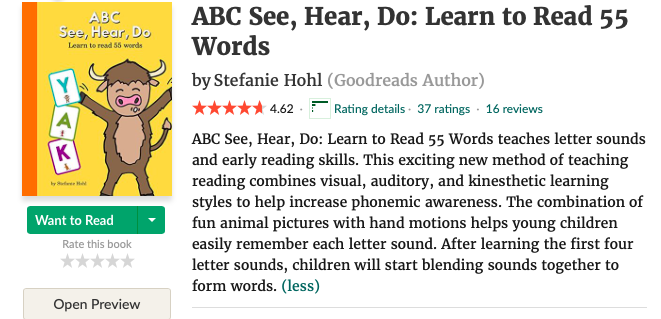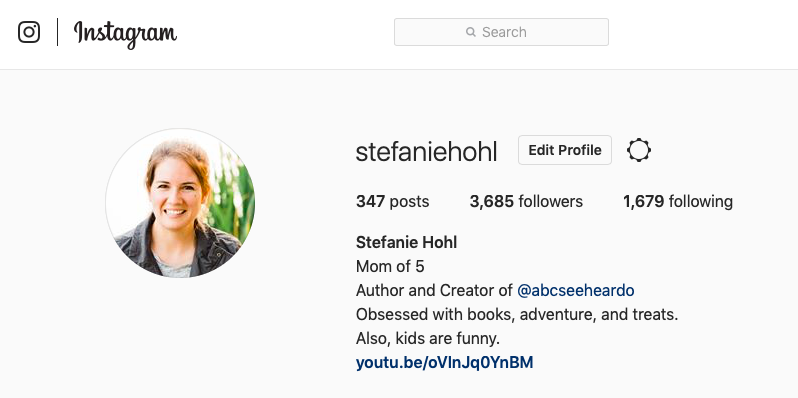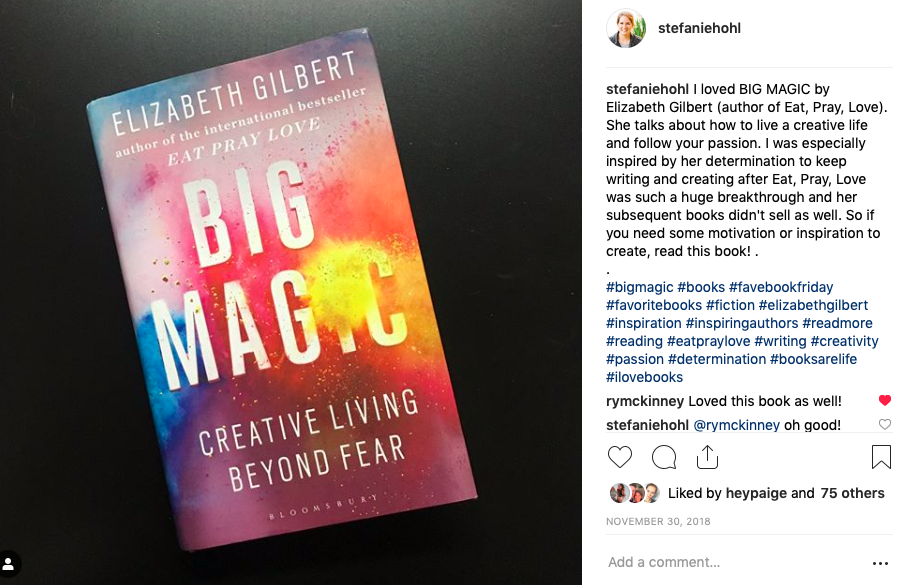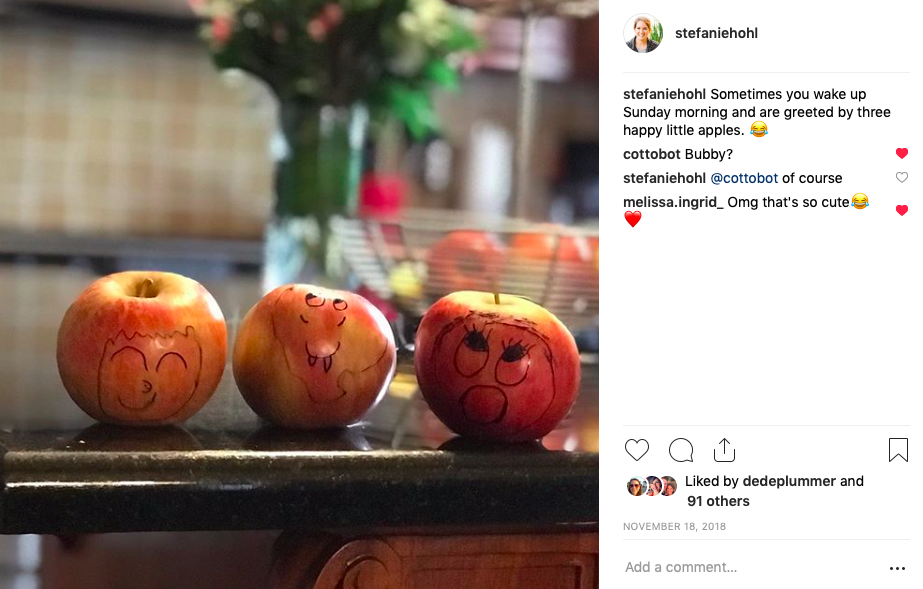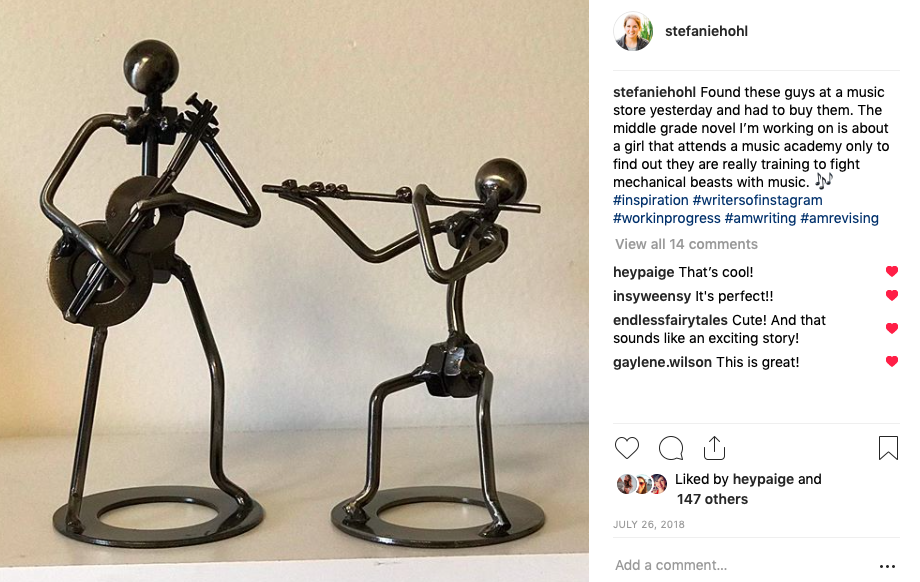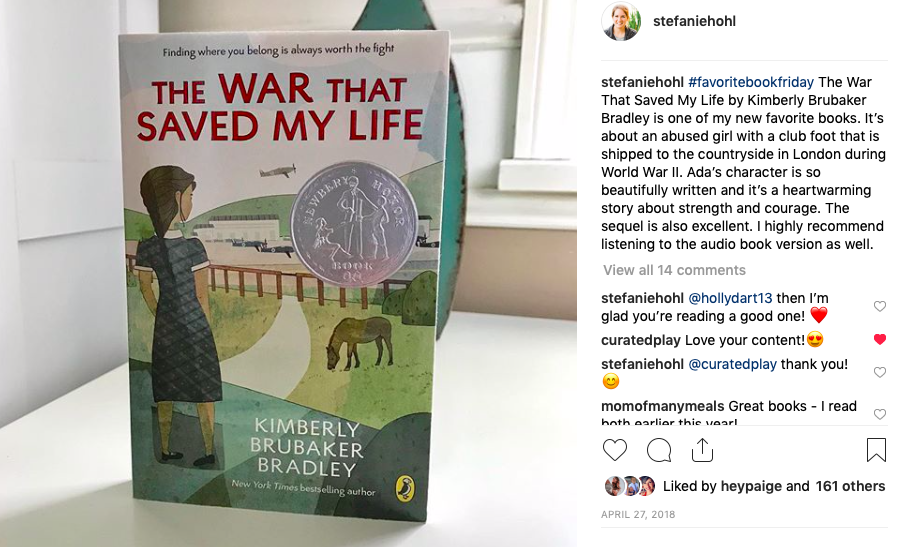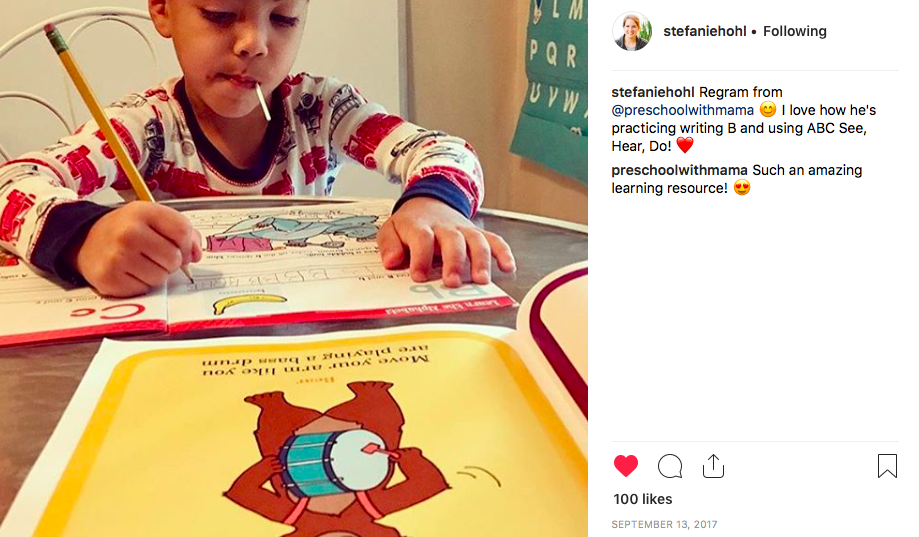Amazon’s KDP and Ingram’s Ingram Spark are currently the two biggest companies for self-publishing books. I use both. Here’s my take on the advantages/disadvantages of each:
KDP – Advantages
bar graph daily record of how many books are shipped
easy set up
free (!) set up
gives the option to pay to advertise your book on amazon
You make more money per book
KDP - Disadvantages
can’t sell your books to bookstores, because bookstores hate Amazon
Ingram Spark – Advantages
can sell to bookstores
Ingram Spark – Disadvantages
costs $50
set up is more demanding
Ingram and the bookstores take a cut, so you make less money
If you don’t care about selling to bookstores, I’d suggest selling on Amazon because you make more money and it’s easier to reach an audience on Amazon than it is to connect with bookstores. If you do want to sell in bookstores, I recommend publishing through both companies.










